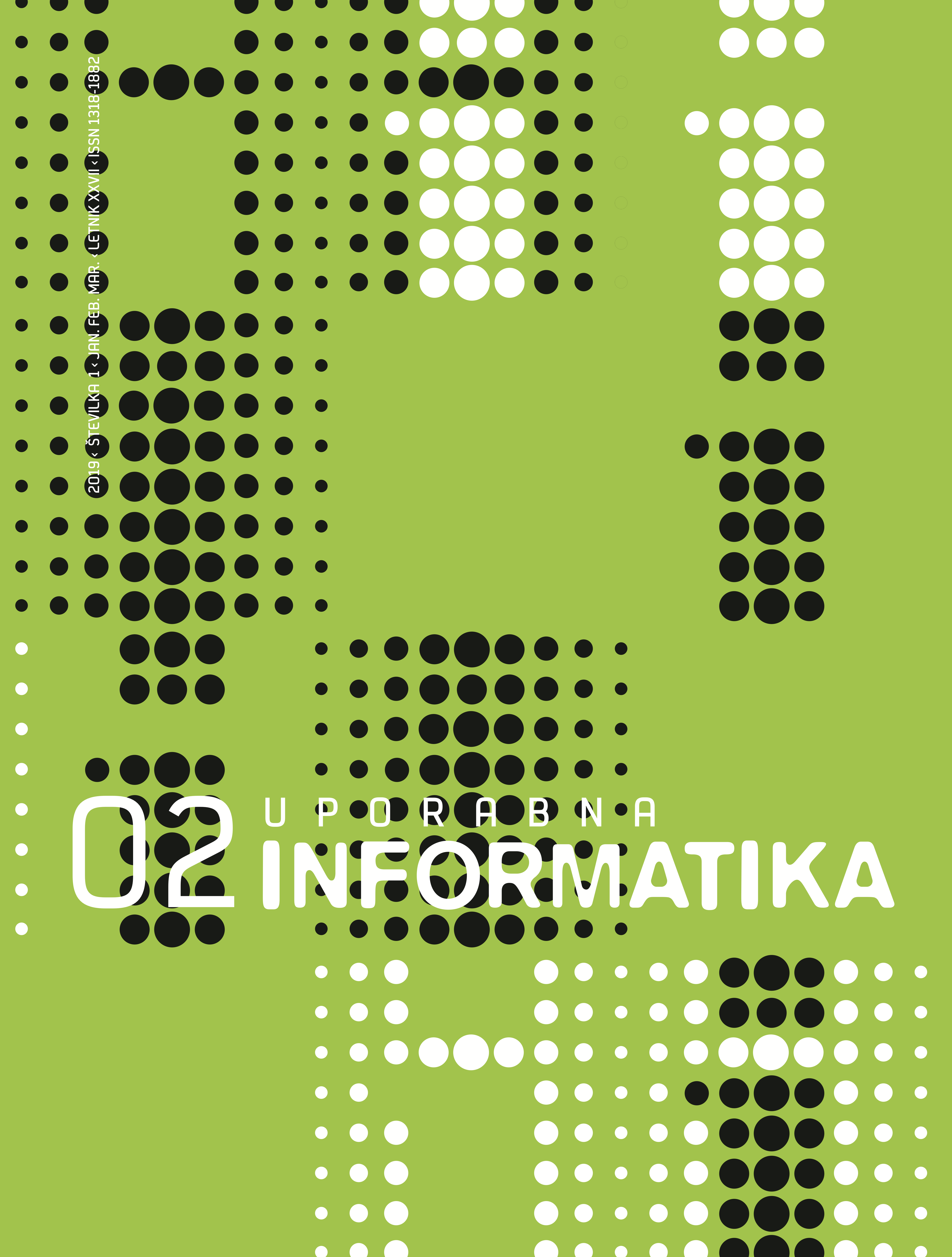Introduction of semantic interoperability into public administration
DOI:
https://doi.org/10.31449/upinf.52Keywords:
interoperability, semantics, ontology, vocabulary, legislation, public administrationAbstract
The environments in which public administration data are generated and exchanged can be complex and involve a number of obstacles and challenges to the efficient provisioning of common services. These, among other, include interoperability barriers.
The efficient provisioning of interoperability requires actions at four levels, that is legal, organisational, semantic and technical. In addition, a cross-cutting component of the four layers, i.e. “integrated public service governance”, and a background layer, i.e. “interoperability governance”, must also be included in the interoperability model.
In order to ensure semantic interoperability in the Slovenian public administration, the Ministry of Public Administration is currently setting up an interconnected system that consists of a central vocabulary, a register of codes lists and a repository of reusable core data models.
The main obstacle in introducing semantic interoperability into public administration is the lack of knowledge and awareness on the importance of interoperability. However, to create an efficient, modern and cost-effective public administration, it is essential to transcend these limits.






